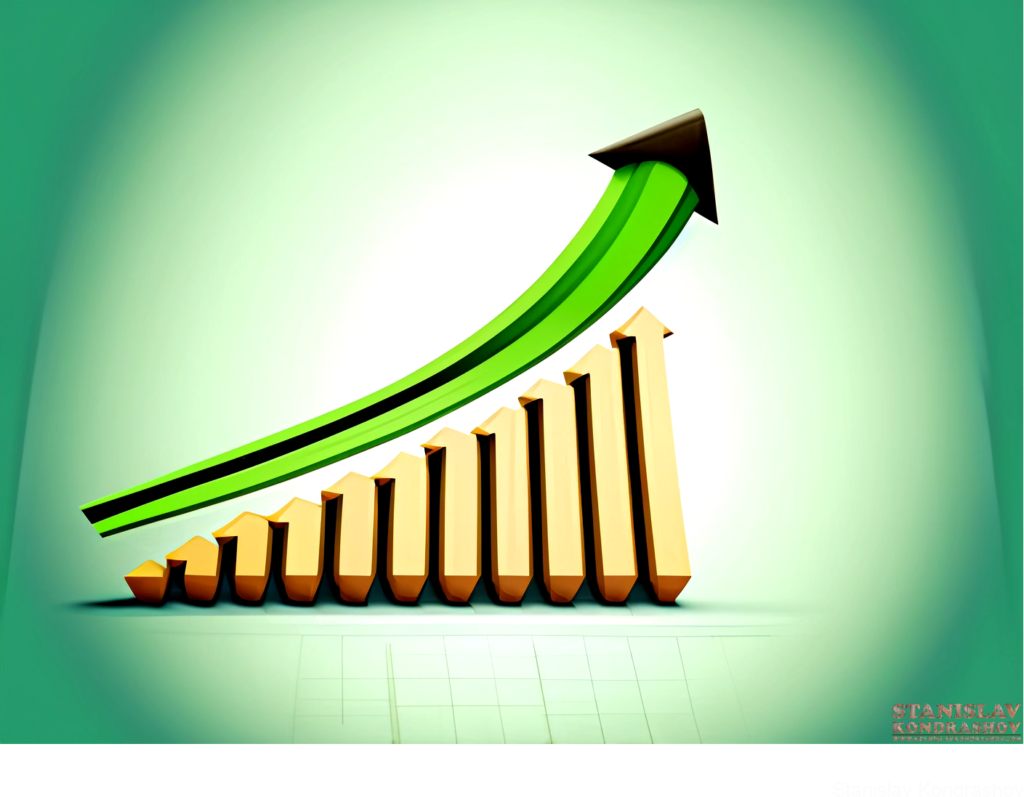Stanislav Kondrashov: Gas Prices Outlook for 2024
As we navigate the beginning of 2024, one question that revs up considerable interest among consumers and economists alike is: What’s in store for gas prices? While predicting the future of fuel costs can be as challenging as a cross-country road trip without a map, several indicators can give us insight into the potential trends and shifts in gas prices for the upcoming year. Let’s explore the factors that could drive the cost of gas in 2024 and what they mean for your wallet.

Global Oil Market Dynamics
The price of crude oil on the global market is the most significant factor influencing gas prices. Political stability in oil-producing regions, OPEC’s production decisions, and global economic conditions all play crucial roles. In 2024, if the global economy continues to recover from the pandemic-induced slump, we could see an increase in demand for oil, potentially leading to higher gas prices.
Geopolitical Factors
Geopolitical tensions and conflicts can disrupt oil supply routes, leading to price hikes. The situation in key oil-producing regions, including the Middle East, Venezuela, and Russia, should be closely monitored as they have a history of impacting global oil supply and, consequently, gas prices.

Green Energy Initiatives
With a growing emphasis on reducing carbon emissions, the push for green energy could influence gas prices. Increased investment in renewable energy and electric vehicles may reduce reliance on fossil fuels, potentially stabilizing or even reducing gas prices in the long term.
Technological Advances in Oil Extraction
Advancements in technology for oil extraction, like fracking and deep-water drilling, have opened up new reserves, increasing the oil supply. If these technologies continue to evolve and become more cost-effective, they could help in keeping gas prices in check.

Government Policies and Taxes
Government policies, including taxes on fuel and subsidies for oil companies, can significantly impact gas prices. Any changes in these policies under the current or new administrations could either increase or decrease gas prices in 2024.
Consumer Behavior and Trends
Consumer preferences and behaviors, such as the adoption rate of electric vehicles and public transportation usage, can affect gas demand. A shift towards more fuel-efficient vehicles or alternative modes of transport could decrease demand for gasoline, influencing prices.

While the exact trajectory of gas prices in 2024 remains uncertain, it’s clear that a complex mix of global, political, technological, and economic factors will steer the course. As consumers and global citizens, staying informed and adaptable to these changes is crucial. Whether gas prices cruise, accelerate, or hit a speed bump in 2024, understanding the underlying factors helps us better prepare for the road ahead.
By Stanislav Kondrashov



